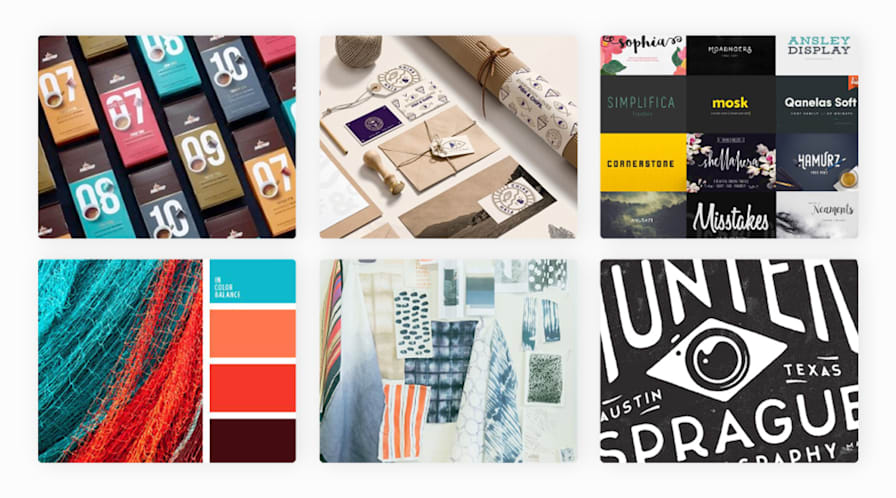
In a digital world overflowing with information, simplicity stands out. Minimalist design isn’t just a style—it’s a statement. It tells your audience that your brand values clarity, focus, and sophistication. So, how do you create a digital brand aesthetic that uses minimalist design to leave a lasting impression? Let’s dive into the art of saying more with less.
Content Table
| S.no. | Content |
| 1 | Understand the Essence of Minimalism |
| 2 | Define Your Brand’s Core Message |
| 3 | Curate a Simple Yet Striking Color Palette |
| 4 | Embrace Clean Typography |
| 5 | Use White Space Generously |
| 6 | Focus on High-Quality Visuals |
| 7 | Consistency is Key |
| 8 | Simplify Navigation and User Experience (UX) |
| 9 | Leverage Minimalist Content Strategy |
| 10 | Evolve While Staying True to Minimalism |
| 11 | Conclusion: The Power of Minimalist Design |
1. Understand the Essence of Minimalism
Minimalism in design is about stripping away the unnecessary and focusing on what truly matters. Think clean lines, ample white space, and a curated color palette. It’s not about being plain; it’s about being purposeful. Each element should serve a clear function and contribute to your brand’s story.
Key Takeaway: Less clutter means more clarity. Minimalist design makes your brand message shine without distractions.
2. Define Your Brand’s Core Message
Before choosing colors or fonts, define what your brand stands for. Minimalist design amplifies a clear message. What emotion do you want your audience to feel? Calm? Confidence? Curiosity? Once you pinpoint your message, design elements can align seamlessly.
Pro Tip: Use a single powerful tagline and a cohesive tone of voice across all digital platforms.
3. Curate a Simple Yet Striking Color Palette
Color speaks louder than words. Minimalist design thrives on neutral tones with pops of bold color to draw attention where it matters. Choose 2-3 primary colors that reflect your brand’s personality.
Example: A luxury brand might use black, white, and gold for a sleek, sophisticated look, while a wellness brand might opt for earthy greens and calming blues.
4. Embrace Clean Typography
Fonts play a significant role in minimalism. Go for clean, sans-serif fonts that are easy to read. Use one or two typefaces consistently. The goal? To make the content effortlessly digestible and the design aesthetically pleasing.
Design Hack: Play with font weights and sizes for hierarchy instead of using multiple font styles.
5. Use White Space Generously
White space (also called negative space) is a powerful tool in minimalist design. It gives your content room to breathe, making it easier for your audience to focus on key elements. Don’t be afraid of empty spaces—they can speak volumes.
Why It Works: White space enhances readability, directs attention, and conveys elegance.
6. Focus on High-Quality Visuals
When using images, quality trumps quantity. Select visuals that resonate with your brand’s voice and message. A single striking image can be far more impactful than a gallery of mediocre ones.
Tip: Opt for images with simple compositions and muted tones that complement your color palette.
7. Consistency is Key
A cohesive aesthetic across all digital platforms builds trust and recognition. From your website to social media, ensure that colors, fonts, and visual elements remain consistent.
Pro Tip: Create a brand style guide to maintain uniformity, especially if multiple designers or teams are involved.
8. Simplify Navigation and User Experience (UX)
A minimalist brand aesthetic extends to how users interact with your digital space. Streamlined navigation, intuitive interfaces, and clear calls to action (CTAs) create a seamless experience that keeps audiences engaged.
UX Insight: The fewer clicks it takes to find information, the better. Simplicity boosts conversion.
9. Leverage Minimalist Content Strategy
Content should be as minimalist as the design. Use concise language and break information into digestible chunks. Every word should add value. Quality over quantity is the mantra.
Pro Tip: Incorporate microcopy—short, helpful text that guides users (like button labels or tooltips). It enhances UX without cluttering the design.
10. Evolve While Staying True to Minimalism
Minimalism doesn’t mean static. Your digital brand can evolve while keeping the core minimalist principles intact. Refresh visuals, tweak color shades, or experiment with layout changes, but always maintain clarity and purpose.
Final Thought: Minimalist design is timeless. It gives your digital brand the space to breathe, the focus to stand out, and the elegance to be remembered.
Conclusion: The Power of Minimalist Design
Creating a digital brand aesthetic with minimalist design is about intentional choices. Every pixel, color, and word matters. By embracing simplicity, you craft a brand identity that feels authentic, sophisticated, and memorable.
In a noisy digital world, minimalism whispers—and that whisper often echoes the loudest.

